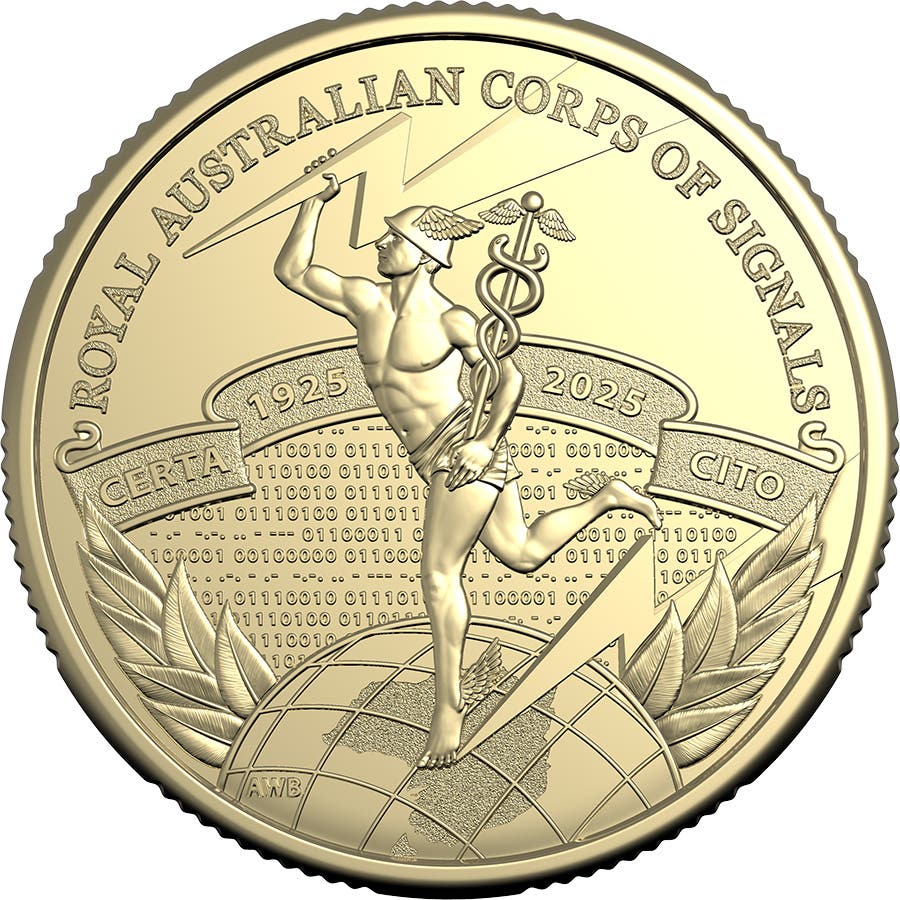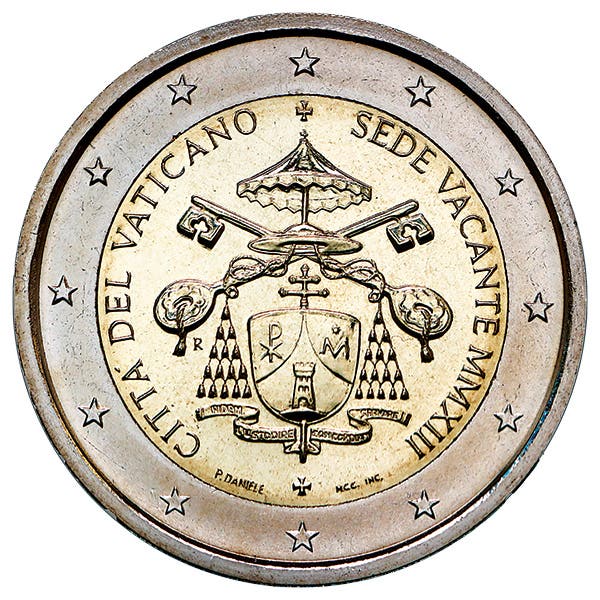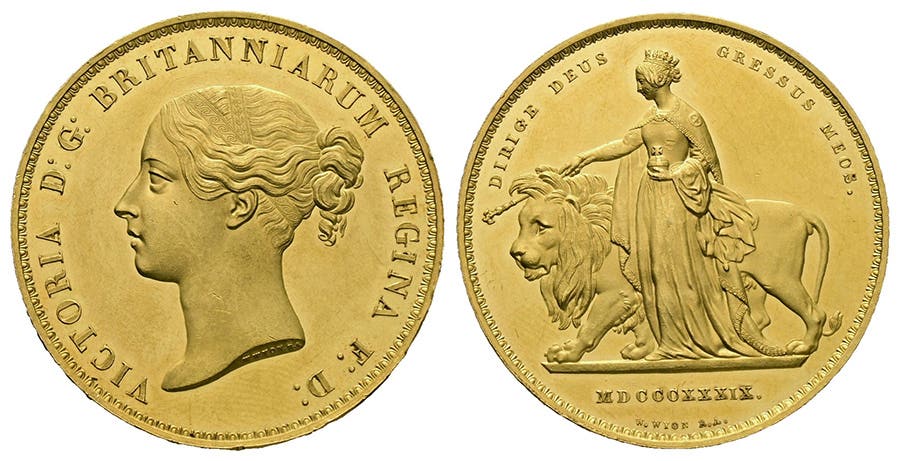Tracking a Coin Theft Years Later
Nearly 18 years ago, a priceless collection of Scottish coins vanished without a trace. Despite ongoing efforts, the rare pieces remain missing. How do you track a stolen collection that disappeared in 2007, and could these historic coins resurface?
A prominent collection of Scottish coins was stolen almost 18 years ago. The hunt is still ongoing to retrieve these coins. How do you track a coin collection that went off the grid in 2007?
The “who done it?” surrounding this collection has evolved into an almost Agatha Christie-style detective story. Ian Stewart, Baron Stewartby (1935–2018) was a British Conservative Party politician who served as a member of Parliament for Hitchins (1974–1983) and North Hertfordshire (1983–1992) and as a member of the House of Lords (1992 –2015). He was also a well-known numismatist.
Sometime between June 6 and June 7, 2007, a collection of more than 1,000 Scottish coins spanning from the reigns of David I (1124–1153) to Alexander III (1249–1286) were stolen from the Stewartby home in Broughton, near Peebles, Scotland. Lord Stewartby had been assembling his collection since he was a child, and the coins are considered to feature some of the earliest symbols of Scotland’s monetary independence. It has been suggested the coins may have been targeted due to the public knowledge that he was cataloging them at the time.
Scotland used English coinage until the reign of David I. David I minted silver penny imitations of King Stephen of England. David I’s coins were minted at Berwick, Carlisle, Cumbria, Edinburgh, Roxburgh, and St. Andrews. Coins issued through the time of Alexander III included designs typically meant to mimic the coinage of neighboring England. Coinage of the two kingdoms intermingled in commerce for that reason. Scotland’s first gold coin wasn’t minted until 1346.
The lack of a complete book on Scottish coins led to Stewartby’s interest in collecting. The only near-complete book on the subject was Edward Burns’ “Coinage of Scotland,” published in 1887. Stewartby’s efforts resulted in “The Scottish Coinage,” published by Spink and Son in 1955. At that time, the preface to the book indicated the collection was at Haileybury College, Hertford. The collection was estimated to be worth about £500,000 when it was stolen.
A November 3, 2008, BBC news story on the theft quoted National Museum of Scotland Senior Curator of Numismatics Nick Holmes as saying, “This collection is a unique part of Scottish history, and the impact of its loss cannot be overstated.”
The BBC quoted an unnamed police source as saying, “The coins are unsellable on the market because they are so well known, and dealers and others in the coin trade have been checking the source of any early Scottish coins that appear for sale. We are hoping that the prospect of a £50,000 reward may help jog the memories of those who could help us in our enquiries. We would urge anyone with any information about the whereabouts of these coins to contact police immediately.”
The BBC report added, “Their enquiries have led them to believe that a gang from the west of Scotland with underworld links may have been involved.”
The theft was featured on “Crimewatch” in 2012, but unfortunately, the trail had gone cold. Lord Stewartby gave the remaining part of his collection, about 6,000 coins, to the Hunterian Museum in 2017.
On November 27, 2024, Lady Stewartby was quoted by the BBC as saying, “My late husband was five years old when he was given his first Scottish coin. Over the next 50 years, he put together a collection which included some of the earliest Scottish coins. Lord Stewartby told me and our children that they represented Scotland’s history at a time when few people had access to books or pictures. He emphasized the importance of these rare coins to Scotland’s heritage.”
Once again, in late 2024, Crimestoppers offered a £50,000 reward for information that might lead to the recovery of the collection or the conviction of those responsible for the theft. An anonymous donor provided the reward money.
According to Crimestoppers Scotland National Manager Angela Parker, “Hopefully the information that comes forward to the charity can help resolve the mystery of the initial theft and, more importantly, they can be restored to their rightful place where Lord Stewartby intended them to be at the Hunterian Museum at Glasgow University. We know it was a targeted raid that happened in 2007 at Lord Stewartby’s home. Since then, there have been no leads about what happened to these coins. This collection was really emotionally important to him and, of course, his family now.”
This is an active investigation. Crimestoppers can be contacted through the website, which also provides an anonymous online form via the “Keep in Contact” portal.
You may also like:








